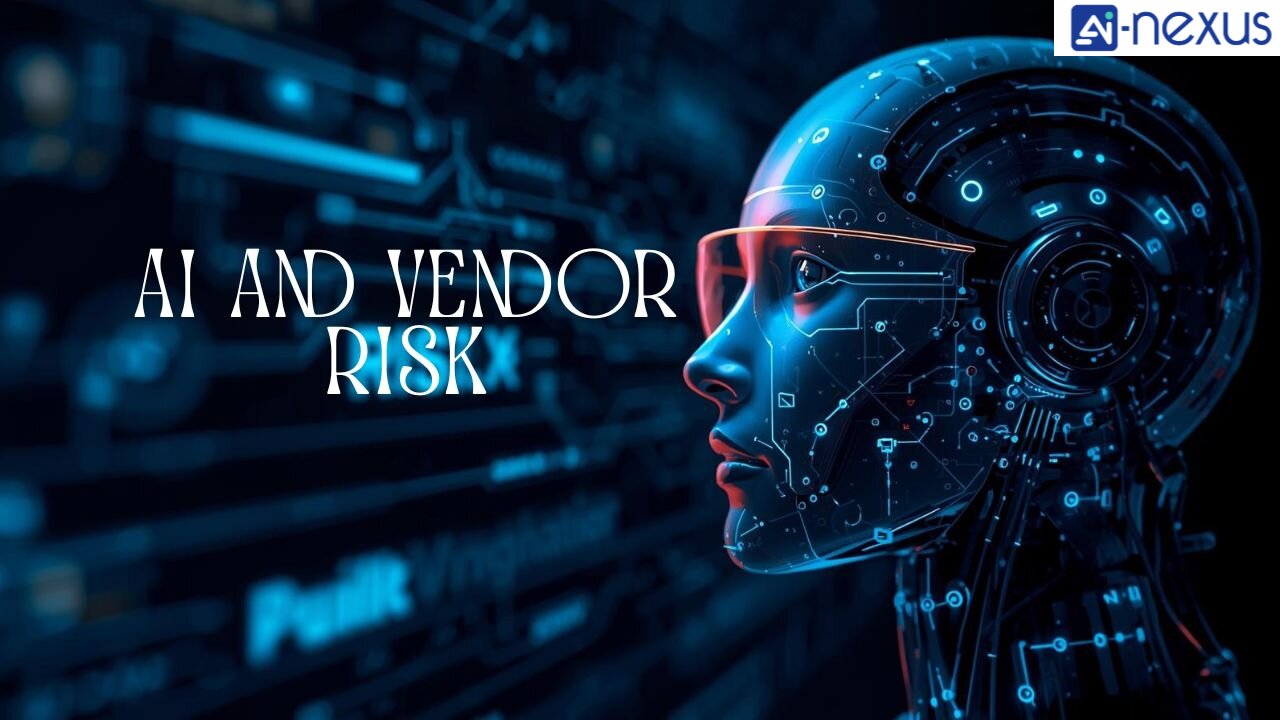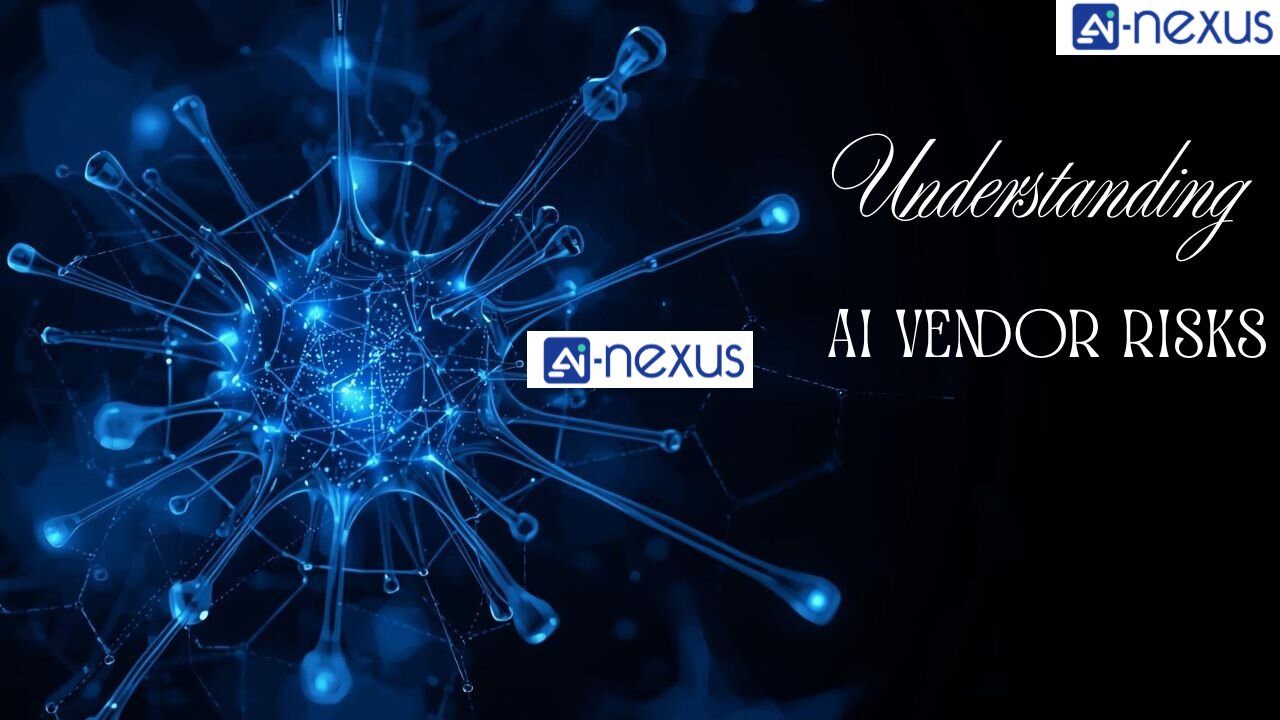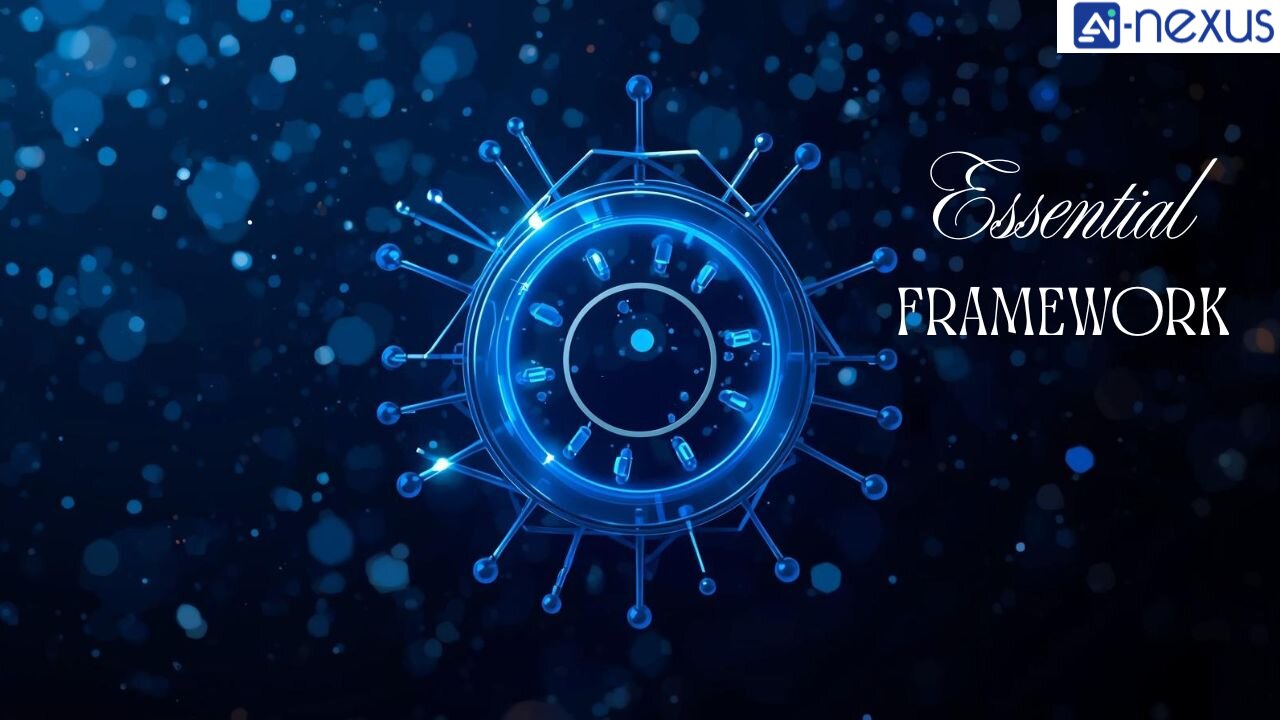
AI and Vendor Risk: How to Manage Third-Party AI Processors without Losing Control of Your Data?
HomeHumanoids & Invasion of Privacy



The rise of artificial intelligence has transformed how businesses operate, but it has also created new challenges in managing third-party relationships. As organizations increasingly rely on AI vendors for processing, analytics, and automation, maintaining control over sensitive data has become more complex than ever. Third-party risk management (TPRM) functions now face a dual challenge, keeping up with the pace of AI growth across the vendor landscape while managing the integrity and security and compliance of these third-party relationships.
This guide will help you navigate the complexities of AI vendor risk management while keeping your data secure and compliant with evolving regulations like the EU AI Act which became effective in 2024.

The AI vendor ecosystem has exploded in recent years, with companies offering everything from machine learning platforms to automated decision-making tools. However, this growth comes with significant risks that traditional vendor management approaches weren't designed to handle.
Unlike conventional software vendors, AI processors often require continuous data flow rather than onetime transfers, access to large datasets for training and operation, and complex algorithms that may be difficult to audit. In recent times, organizations are increasingly using automation and TPRM solutions to address these challenges, with cybersecurity and data protection cited as key priorities for over half of respondents.
Critical AI vendor risks include
The regulatory landscape is also tightening rapidly. The EU AI Act, which entered into force on August 1, 2024, requires risk assessments for high-risk AI systems and introduces specific obligations for general-purpose AI models. Different parts of the Act became applicable at various phases, with key provisions taking effect from February 2025.
Organizations must fundamentally restructure risk management frameworks to address both internal AI deployment and third-party AI vendor oversight. This requires moving beyond standard approaches to embrace frameworks specifically designed for AI's unique characteristics.

Successfully managing AI vendor risk requires a comprehensive approach that addresses governance, assessment, monitoring, and contractual protections. Here's how to build an effective framework:
Start by creating an AI governance framework that addresses both internal AI use and third-party vendor relationships. AI governance refers to the processes, standards and guardrails that help ensure AI systems and tools are safe and ethical, directing AI research, development and application to ensure safety, fairness and respect for human rights.
Your governance framework should include clear policies for AI vendor selection, data classification and handling requirements, audit and monitoring procedures, incident response protocols, and regular risk assessments. Before engaging with any AI vendor, conduct thorough due diligence that goes beyond traditional security questionnaires.
Your vendor assessment should evaluate:
One of the biggest challenges with AI vendors is maintaining visibility and control over your data once it enters their systems. Implement a robust data classification system that categorizes information based on sensitivity and regulatory requirements.
Effective data control strategies include the following
Continuous monitoring driven by technology transforms risk management from a reactive process into a dynamic, proactive strategy. This ensures that enterprise risk managers have the necessary tools to maintain a constantly updated view of vendor risk profiles.
Few main monitoring technologies include:
Your contracts with AI vendors should include specific provisions that protect your data and establish clear accountability. These agreements are your primary legal protection and should be comprehensive.
Essential contract elements for AI vendors:

As AI technology continues to evolve rapidly, organizations must prepare for an increasingly complex vendor landscape while building internal capabilities to effectively oversee AI relationships.
Successful AI vendor risk management requires more than just vendor oversight, it demands building internal expertise and capabilities. Organizations should invest in cross-functional teams that include legal, security, compliance, and business stakeholders who understand both AI technology and risk management principles.
Essential internal investments include:
Despite best efforts, incidents can occur with AI vendors. Having a well-defined incident response plan specific to AI processing is crucial and should include clear escalation procedures, vendor notification requirements, data breach response protocols, communication strategies for stakeholders, recovery and remediation steps, and post-incident review processes.
Leading organizations are adopting new approaches to manage AI vendor relationships more effectively. According to industry research, companies are implementing risk-based segmentation to categorize AI vendors based on data sensitivity and business impact, using automated monitoring tools to track AI vendor performance and compliance, working with vendors as collaborative partners in risk management rather than just service providers, preparing scenario plans for various risk events including vendor failure or service disruption, and conducting regular reassessment of vendor relationships and evolving risk profiles.
The regulatory environment will continue evolving. Organizations should prepare for increased automation in vendor monitoring and risk assessment, industry-wide standardization of AI vendor management practices, greater regulatory harmonization between different global frameworks, more transparency and explainability requirements from AI vendors, and concentration risk management as dependencies grow on a small number of large AI providers.
Key regulatory developments to monitor:
Managing AI vendor risk requires a proactive, ongoing approach that goes beyond traditional vendor management. By building AI-specific governance, conducting robust assessments, using appropriate technologies, and enforcing strong contracts, organizations can maximize AI’s benefits while minimizing risks.
The focus should be on managing, not just eliminating risks to an acceptable level, enabling both compliance and innovation. Since AI regulations and best practices evolve quickly, organizations must regularly update their strategies. Those that achieve this balance will be best positioned to thrive in an AI-driven business landscape while maintaining customer and stakeholder trust.
We at Data Secure (Data Privacy Automation Solution) DATA SECURE - Data Privacy Automation Solution can help you to understand EU GDPR and its ramificationsand design a solution to meet compliance and the regulatoryframework of EU GDPR and avoid potentially costly fines.
We can design and implement RoPA, DPIA and PIA assessments for meeting compliance and mitigating risks as per the requirement of legal and regulatory frameworks on privacy regulations across the globe especially conforming to GDPR, UK DPA 2018, CCPA, India Digital Personal Data Protection Act 2023. For more details, kindly visit DPO India – Your outsourced DPO Partner in 2025 (dpo-india.com).
For any demo/presentation of solutions on Data Privacy and Privacy Management as per EU GDPR, CCPA, CPRA or India DPDP Act 2023 and Secure Email transmission, kindly write to us at info@datasecure.ind.in or dpo@dpo-india.com.
For downloading the various Global Privacy Laws kindly visit the Resources page of DPO India - Your Outsourced DPO Partner in 2025
We serve as a comprehensive resource on the Digital Personal Data Protection Act, 2023 (Digital Personal Data Protection Act 2023 & Draft DPDP Rules 2025), India's landmark legislation on digital personal data protection. It provides access to the full text of the Act, the Draft DPDP Rules 2025, and detailed breakdowns of each chapter, covering topics such as data fiduciary obligations, rights of data principals, and the establishment of the Data Protection Board of India. For more details, kindly visit DPDP Act 2023 – Digital Personal Data Protection Act 2023 & Draft DPDP Rules 2025
We provide in-depth solutions and content on AI Risk Assessment and compliance, privacy regulations, and emerging industry trends. Our goal is to establish a credible platform that keeps businesses and professionals informed while also paving the way for future services in AI and privacy assessments. To Know More, Kindly Visit – AI Nexus Your Trusted Partner in AI Risk Assessment and Privacy Compliance|AI-Nexus